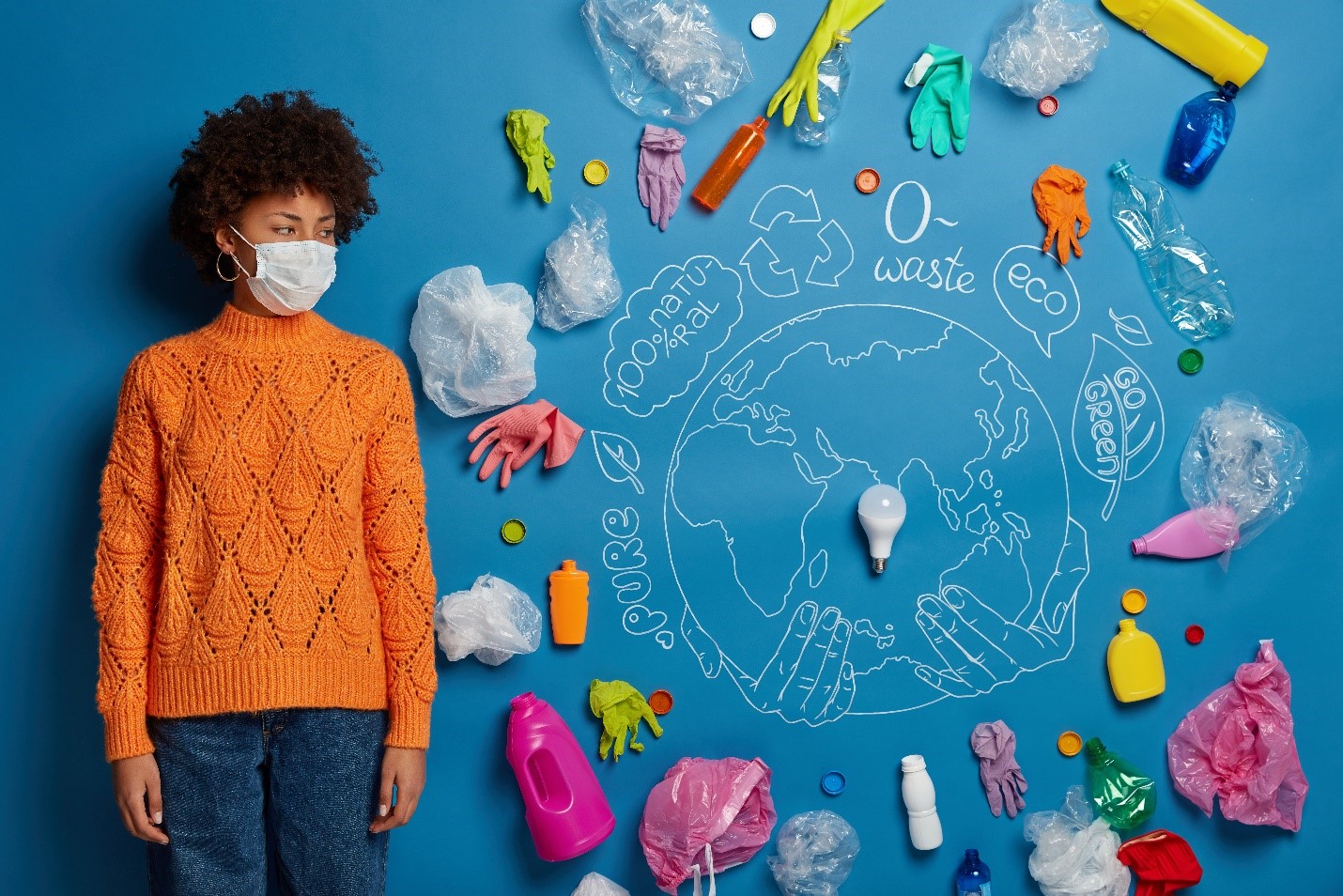During the pandemic, calls have been made to improve WASH infrastructure in locations including schools and health care facilities when COVID-19 made deficiencies vividly apparent. In the lowest-income nations, nearly half of the healthcare institutions lack access to clean water and one in four health care centers for hand washing. WASH is often an afterthought even though it’s basically the ground floor of everything, especially in the health systems strengthening sector.
Due to this deficit, it is possible to relate more than 1 million annual deaths to unhygienic births, and 10 out of every 100 hospitalized patients in low- and middle-income nations will develop a healthcare-associated infection. Antibiotic resistance is also increased by untreated wastewater and fecal sludge from healthcare facilities, which may also include resistant bacteria and genes in addition to antibiotics. To address this, health ministers agreed to build national road maps, set targets, increase investments, and reinforce systems in a resolution on water, sanitation, and hygiene in health care facilities that was signed in 2019. António Guterres, the secretary-general of the United Nations, issued a global call to action in 2018 to implement WASH in all healthcare facilities.
Even though much of this work depends on funding that’s frequently in very short supply (fewer than 14% of countries have the resources needed to implement WASH plans), what first steps can new and existing health care facilities take to improve their access to WASH and ultimately save more lives? Let’s look at some tips.
1. Build maintenance capabilities
When health facilities don’t have the basic WASH services, it’s usually because they may have had a water system in place but that has broken down. Finding the source of the issue is the first step, she continued. Even though someone might be able to fix them after that, a lack of local maintenance may make it difficult to do so. In many regions, a lack of funding and the absence of an organization that assumes financial responsibility for maintenance issues. Health care facilities in Uganda do not budget for the environment and water, which receives 3% of the national budget.
WASH in healthcare should be promoted as a specific budget line at the national level. If this is done, there won’t be any doubt about how the money is supposed to be used, which will make money accessible for the installation, improvement, and upkeep. Locally, collecting a little fee at a medical facility, either for the collection of water or for medical services, could raise money for maintenance. The growth of the regional private sector might also be beneficial. If private sector businesses were expanded more, those types of services might be available because in a lot of regions there isn’t a janitorial service to be able to subcontract to a health care institution to provide ongoing cleaning, operations, and maintenance.
2. Use WASH FIT
The Water and Sanitation for Health Facility Improvement Tool, or WASH FIT, is a valuable manual when a facility cannot be completely rebuilt within the constraints of the available resources. This participatory evaluation tool systematically helps to identify and address the needs. It then suggests a variety of actions, such as putting together a WASH FIT team, performing a facility, hazard, and risk assessment, creating an improvement plan, and keeping track of its development. A “health facility users committee” can be established to coordinate orientation meetings with other local stakeholders and find answers to their main problem: a lack of water.
To address the issues of water scarcity, rainwater collection systems can be added to healthcare facilities. In order to maximize the use of piped water available to the community, health care facilities can use the rainwater that has been collected and kept in a reservoir tank for cleaning. Frequent concentration should be given to building reservoir water tanks so that there is always a seven-day supply of water in case of emergency while providing sanitation facilities that are child-, gender-, and disability-friendly, as well as water tanks, hot and cold water, placenta pits, and hand-washing basins.
3. Examine the waste streams
Wastewater from a medical facility should be managed cautiously if it has the potential to be contaminated with infectious diseases, such as if it originates from an infectious disease clinic. Healthcare facilities should look at what their streams are and if they have things that are medical waste, then they need to probably separate those from the usual sanitary trash throughout the design process, and this may mean treating it with chlorine.
It’s still possible to separate things if this wasn’t considered in the beginning. Over half of the healthcare institutions in 2016 lacked basic waste management services in 30 of the 48 countries with data available, according to a report by a joint WASH initiative of the World Health Organization and UNICEF. Only four of the 20 nations could claim that their hospitals were linked to sewage infrastructure. The report suggests that excreta be collected in septic tanks or pit latrines in the absence of a system. The kind of wastewater disposal system will also depend on the materials that are accessible locally. “Is there bed sand material? Is there a perforated plastic pipe? Or is there a need to construct everything using concrete blocks?
Many African nations utilize soak pits to dispose of wastewater because they only require the construction of deep trenches that permit the water to be absorbed into the ground. There are many reasons why that answer is not ideal, yet there are occasions when it is the only option available. This circumstance has the most solutions. Achieving the perfect degree of standards expected is not possible, but we can make the best of it and go forward.
Visit the Water, Sanitation & Hygiene (WASH) course page for in-depth knowledge on water, sanitation, and hygiene — and most importantly, how WASH efforts intersect with other challenges in the field of development.







